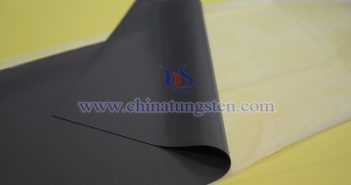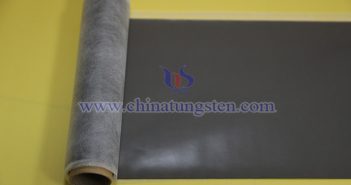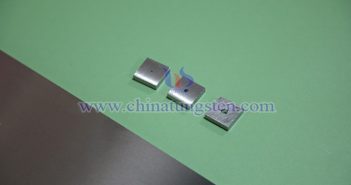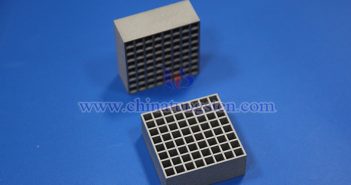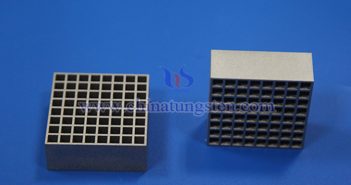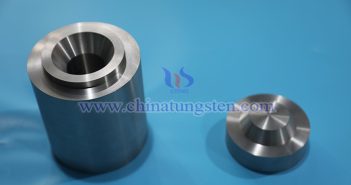
Tungsten disulfide and tungsten diselenide are typical compounds of the rare metal tungsten, both formed by combining the transition metal element tungsten with chalcogen elements (oxygen group elements). Both exhibit excellent physical, chemical, and thermal properties and are widely used in the optoelectronic field. However, there are significant differences between them in terms of specific concepts, properties, and applications. These differences stem from the distinct characteristics of sulfur and selenium, the chalcogen elements involved, which in turn lead to variations…


